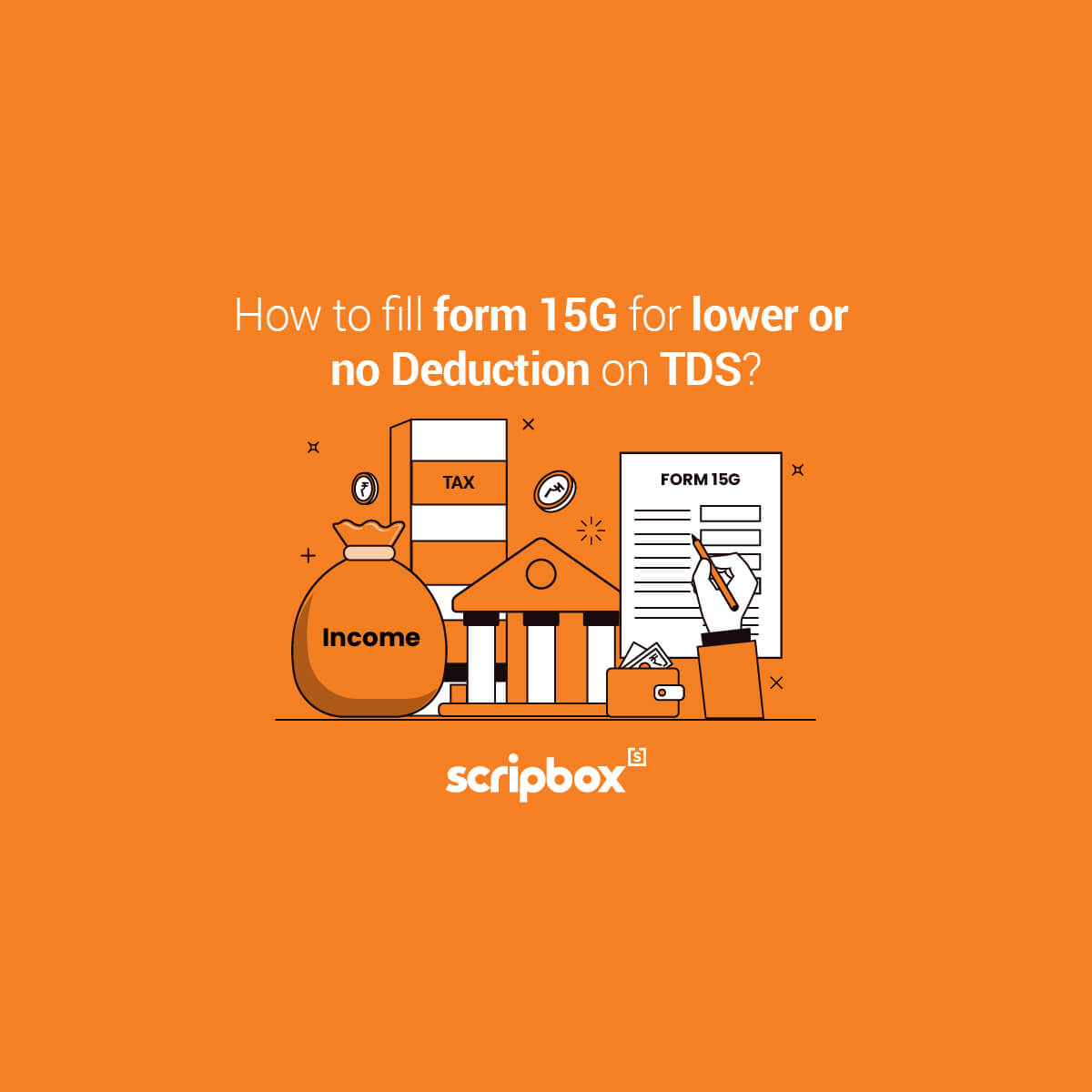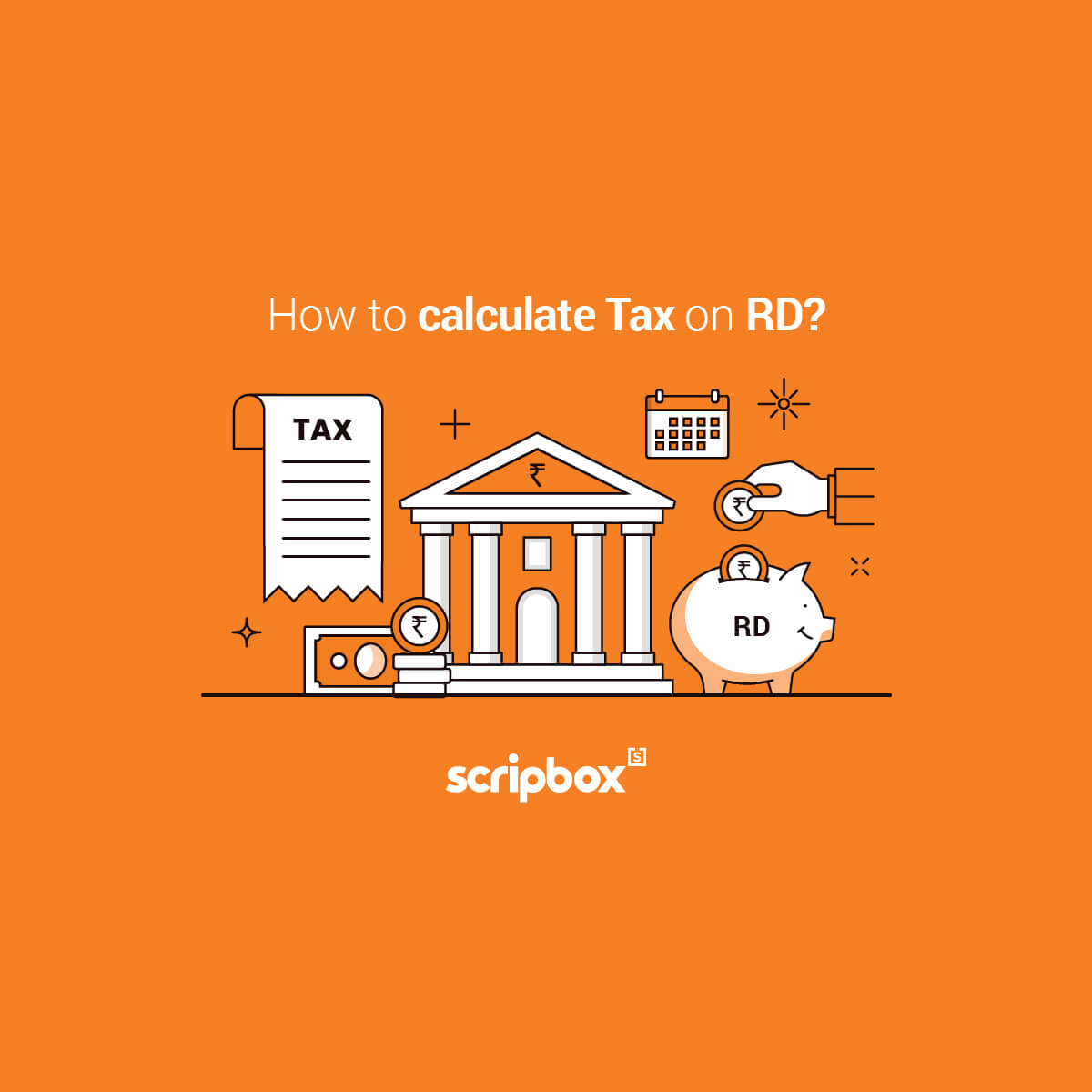What is Form 12B?
Form 12B is an income tax form that should be submitted by an individual taxpayer who joins a new organisation in the middle of the financial year. The Rule 26A lays down the requirement for filling of Form 12B under the Income Tax Act 1961. The form’s main purpose is to provide information about the individual’s previous employer’s income. It is a detailed statement of income from salary. Furnishing of form 12B is optional. However, it is recommended to submit Form 12B with the employer to avoid interest on late payment of tax, if any.
Basically, it is a checklist of all the employees consisting of the following information:
- Details about the previous employer, such as PAN number, TAN number, and so on.
- Breakdown of total salary components such as Basic Salary plus Dearness Allowance, House Rent Allowance, Prerequisite, Leave Encashment, Leave Travel Allowance, and others.
- Deduction for provident fund contributions.
- Deduction for rent-free accommodation.
- Any deductions allowed under various sections of the Income Tax Act, such as Sections 80C, 80G, 80D, 80E, and 24.
- Tax deducted at source from a previous employer’s salary.
- The employee is responsible for paying professional tax (if any).
Importance of Form 12B
The primary importance of Form 12B for the new employer and employee are discussed below:
- For Employers – It is useful for the new employer since it contains information about the new employee’s previous salary and deductions. As a result, it assists employers in deducting accurate TDS on the total income of the employee for the financial year.
- For Employees – New employees must submit Form 12B, as well as other proof of investment, by March 31st. Nonetheless, before submitting it, they should file it correctly in order to complete the entire process in a less time-consuming manner.
Can the new employer refuse to deduct TDS on the previous salary after submitting Form 12B?
Yes, it is the employer’s responsibility to deduct the applicable TDS on the employees’ consolidated income. The new employer will deduct TDS after adjusting the TDS deducted by the previous employer.
How to Fill Form 12B?
The following fields must be filled out while filling out this form.
- Previous organisation’s name and address
- The previous company’s Permanent Account Number (PAN) and Tax deduction Account Number (TAN) [these are available from the salary slips]
- Duration of employment
- Income earned prior to joining the new organisation during the fiscal year
- HRA, DA, leave encashment, and other benefits are included in the salary breakdown.
- The amount credited to Provident Fund, if applicable
- Deductions available under Section 80C of the Income Tax Act of 1961, such as life insurance premiums and others
- Total amount of tax deducted during the fiscal year
There are also two pages of annexures on the form:
The first annexure necessitates information on the employers’ provision of rent-free accommodation. This includes information about unfurnished and furnished accommodations, as well as any furnishing specifications. The second annexure contains information from the previous employer, such as a conveyance allowance and other similar benefits.
Who will provide Form 12B?
Employees who start a new job in the middle of a financial year provide Form 12B to their new employer. This Form contains information such as salary income, TDS deductions, and so on. It is the employee’s responsibility, not the previous employer’s, to complete Form 12B. Form 12B must be completed by the employee, and Form 16 must be attached if provided by the previous employer. Employers provide the consolidated Form, along with Form 16, to their employees.
Discover More
Related Articles
- What is Form 12B?
- Confused if your portfolio is performing right enough to meet your goals?
- How long have you been investing in mutual funds?
- What is your current portfolio size?
- What is your approximate annual household income?
- Your profile does not qualify for a call with a Financial Expert.
- Importance of Form 12B
- How to Fill Form 12B?
- Who will provide Form 12B?























Show comments